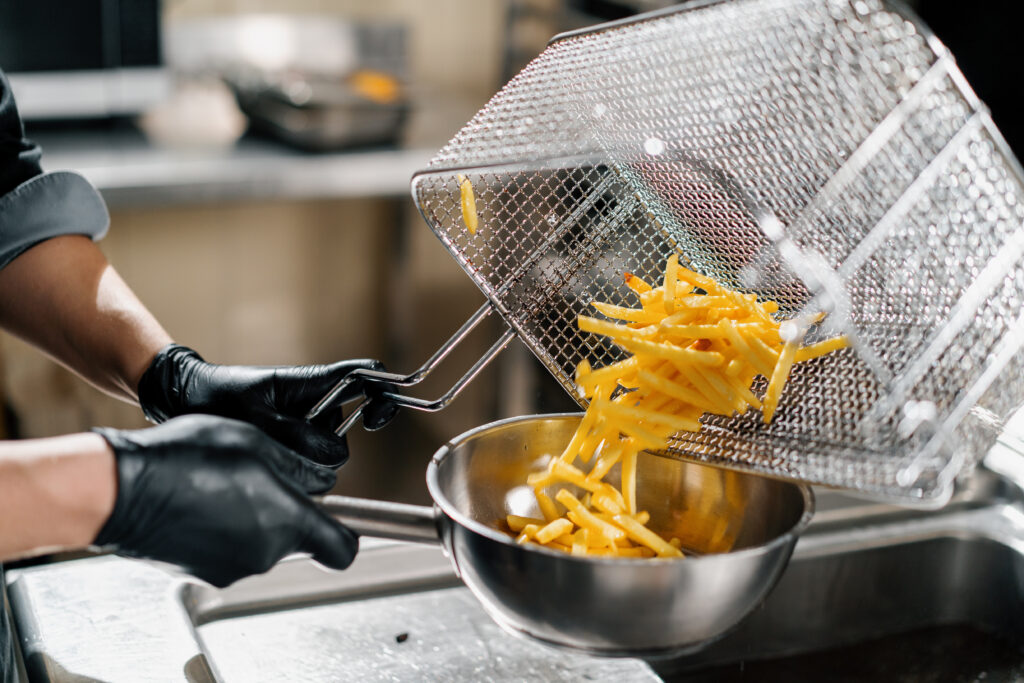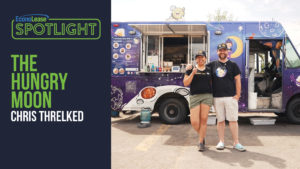One of the biggest investments restaurant owners will make is purchasing kitchen equipment. It’s important not to trying to scrimp in this department. A second-hand oven that breaks down will not be good for business. Restaurants have one chance to make a good impression with choosy customers so it’s always important to be able to offer top notch service every single time. Leasing restaurant equipment can be a terrific and affordable option. Here are tips on leasing and how to use an equipment lease calculator to your advantage.
Why Lease?
Leasing restaurant equipment works this way: the client searches out the best equipment for his or her needs; the financing company buys the equipment (often for lower prices than those available to the general public); then the client leases the equipment from the financing company. The equipment can be from multiple vendors but the costs are all rolled into one lease. Leases offer low monthly carrying costs and more affordable rates. At the end of the lease there are options to renew the lease or purchase the equipment at very reasonable terms. Often trading up is an option. If the equipment is not meeting the needs of the restaurant, trade-up to a better piece of equipment, with new terms that calculates the value of the equipment being returned.
How to Use an Equipment Lease Calculator
An on-line lease calculator can help potential customers get an idea of what kind of costs will be involved. A basic equipment lease calculator can be found on the Econolease website. Econolease Financial Services is a finance service company that specializes in catering to the food industry. There are advantages to dealing with a company that regularly interacts with kitchen equipment vendors; they can get the best prices, give expert advice, and know how to tailor a contract that can suit a variety of needs. By popping in some basic information into the lease calculator, it’s easy to see what kind of monthly payments you may expect. Basic information includes the cost of the equipment, business type (start-up or established) and length of term.
Curious to Find Out More?
If you are curious to find out more, fill out an on-line application and start the conversation with a reputable finance company. To begin an application, gather the following information:
- Business type: corporation, partnership or sole proprietor?
- Description of equipment
- Estimated value of equipment
- Vendor(s) of equipment
- Years in business
- Annual sales volume
- Financial information
Like any business venture, before you sign on the dotted line, make sure you clearly understand what the economic terms are. If you need more information, there are some excellent websites that can help you formulate a concrete business plan. The Government of Canada has a Business Network page with a restaurant and catering start-up check list. Restaurant Canada has an excellent Buyer’s Guide for restaurant equipment.
While on-line equipment lease calculators are a great place to start, a face to face or telephone meeting with a financial expert who understands the ins and outs of the food industry is the next step to reaching all your financial goals.


